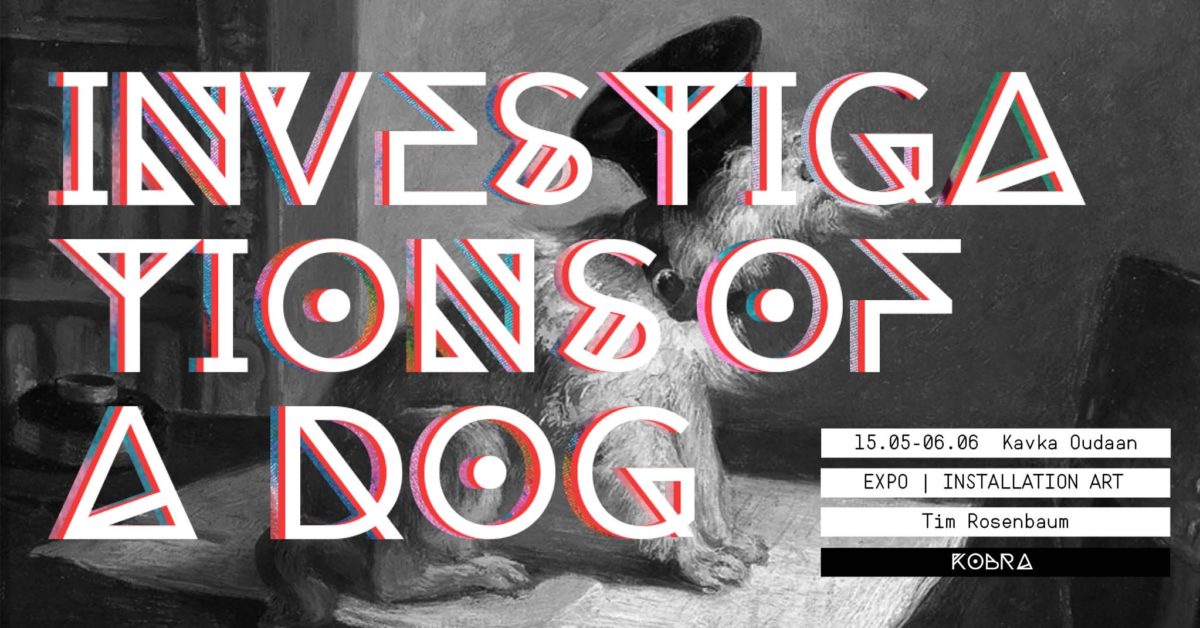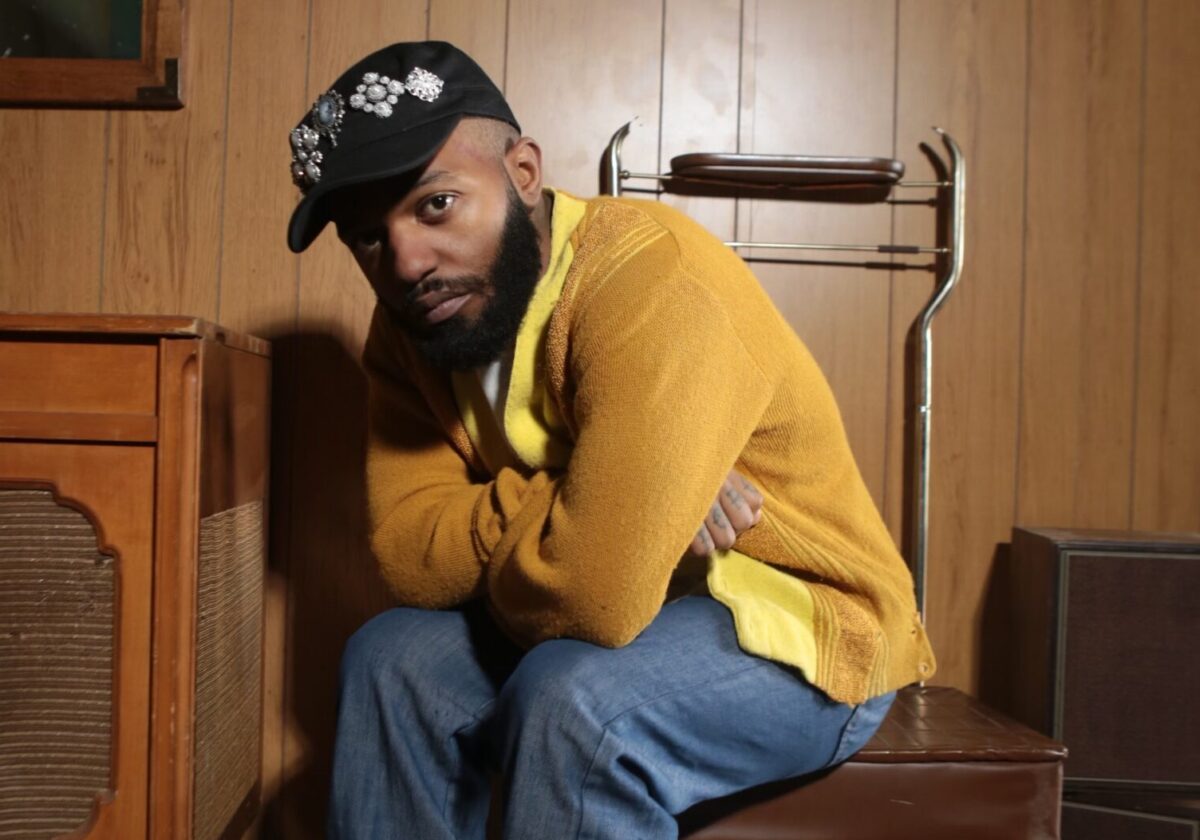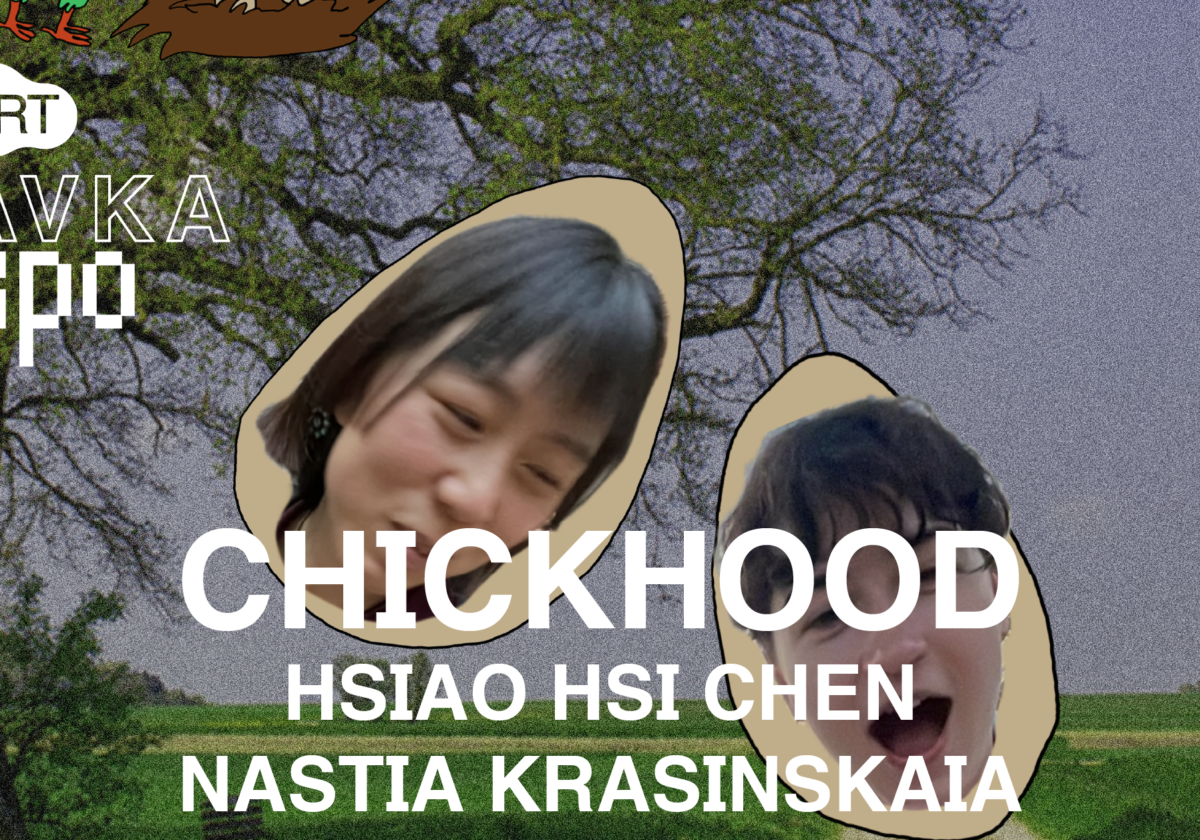“It would be wrong to suppose that, for all my – all too apparent – eccentricities, I have completely lost touch with the species. If I think about it, and I have the time and inclination and capacity to do so, we dogs are an odd lot. Apart from ourselves, there are many other creatures round about – poor, inadequate, mute beings, restricted to the odd squawk at best – we have studied them, given them names, tried to help them along, to ennoble them, and so on and so forth, but to me, so long as they don’t bother me, they are a matter of indifference. I get them mixed up or ignore them, but one thing remains too striking for me ever to forget it, and that is how little, compared to us dogs, they consort, how they pass by one another like strangers, how they have neither high nor low interests in common, how on the contrary any interests they have seem to drive them further apart than they already are.”
“Whereas we dogs! One may surely say that we live in a pack, all of us, however different we may be in terms of the innumerable and profound distinctions that have arisen between us over the ages. All one pack! We are impelled to be together, and nothing can prevent us from satisfying that urge; all our laws and institutions, the few I still know, and the numberless ones I have forgotten, they all go back to the greatest happiness that exists for us, our warm companionableness.”
“And now the obverse. No creature to the best of my knowledge lives in such a dispersed way as we dogs, none has so many, so impossibly many differences of kind, of breed, of occupation. We, who want to be together – and repeatedly we are able to, at moments of exaltation – we of all creatures live remote from one another, in curious callings, which are often hard for the dog next door to understand, clinging to regulations that are not of our making – yes, that seem, if anything, to be directed against us. These are such difficult matters, matters one would prefer not to interfere with – I understand such a point of view, understand it better than my own – and yet I have allowed them to govern my life. Why do I not do as others do, live in harmony with my people, and accept in silence what disturbs the harmony, ignore it like a small error in a large reckoning, and keep my eye on the thing that links us happily together, not that which repeatedly and irresistibly rips us out of our community…”
| Franz Kafka, Investigations of a Dog, 1922 |
[ INVESTIGATIONS OF A DOG ]
Tim Rosenbaum studied architecture at the University of Arts in Berlin. This is where he obtained insight on the characteristics of space and the fundamental influence it has on the human being. When he started his study at the sculpture department of the Royal Academy of Fine Arts in Antwerp, he gained a lot of know-how on working with classical materials such as clay, metal, ceramics and stone. Most of his projects are also influenced by its location and surroundings. When creating a sculpture, his attention is divided on the material itself as well as the space where the sculpture is shown. Later on, Rosenbaum transferred to the in situ department of the academy, where one studies different types of sites and their social, aesthetic and historical context.
Combining these disciplines and collaborating with two other art students, resulted into Lowrider Gallery, the design of a car trailer that was transformed into a mobile exhibition space for parking lots. The gallery serves as a platform for social interaction.
Other work of Tim Rosenbaum is not only characterized by the material used, but also by its analogue and digital transformability. For instance, using the process of melting sugar, forming it into a chosen shape and then watching it retransform again. Rosenbaum has always been intrigued by the individual life of material, how it transforms throughout its existence and by his own influence upon the material. The different stages and kinds of interaction with the material used, especially those parts that are without the influence of the artist himself, are the essence of these works of art.
◧ @lowridergallery
◪ www.lowrider.gallery
◔ BEZICHTIGINGSUREN RAAMEXPO @Kavka Oudaan
Vanwege de huidige lockdown en de daarbij horende maatregelen, organiseert Kavka via het project Kobra raamexpo’s. Zo kan men de tentoonstellingen iedere dag van buitenaf komen bezichtigen tussen 10.00 en 22.00.
☞ Als cultureel jongerencentrum, is het voor Kavka van groot belang om ook in tijden als deze, jongeren zoveel mogelijk te blijven ondersteunen. Kavka’s deur staat o.a. tijdens examenperiodes open als studieplek voor jongeren (STUDY360), als inloophuis voor thuisloze jongeren (Jump) en helpt bovendien jonge kunstenaars, waarvan sommigen het afgelopen jaar hun eindexpositie op de hogeschool in het water zagen vallen, hun werken tentoon te stellen voor het grotere publiek. Deze projecten gebeuren met toestemming van de jeugddienst en verlopen coronaproof.
☞ Wil je graag wat meer informatie over de expo of de werken die getoond worden? Contacteer de kunstenaars persoonlijk via hun sociale media of website, of stuur een mailtje naar info@kavka.be!





